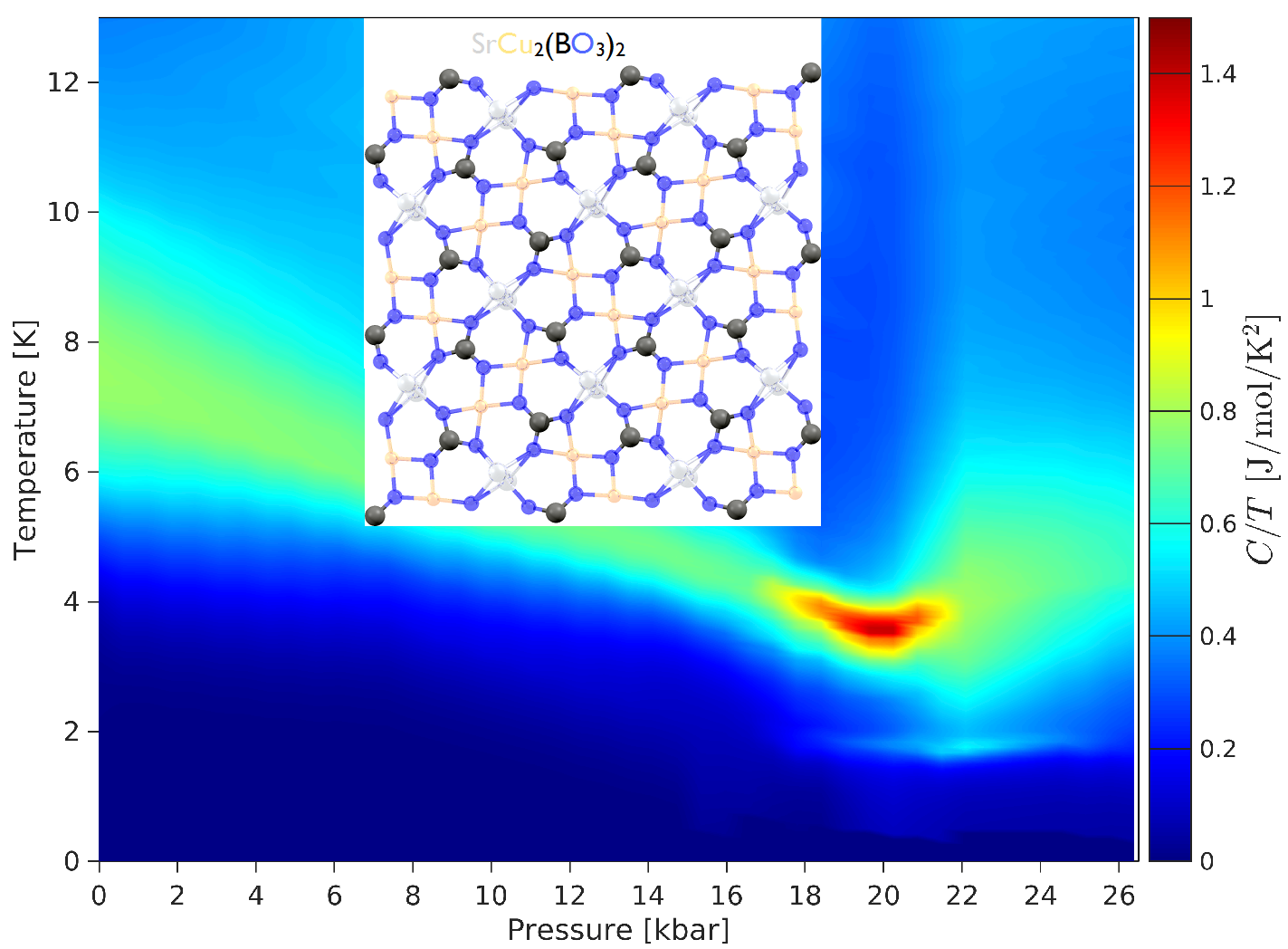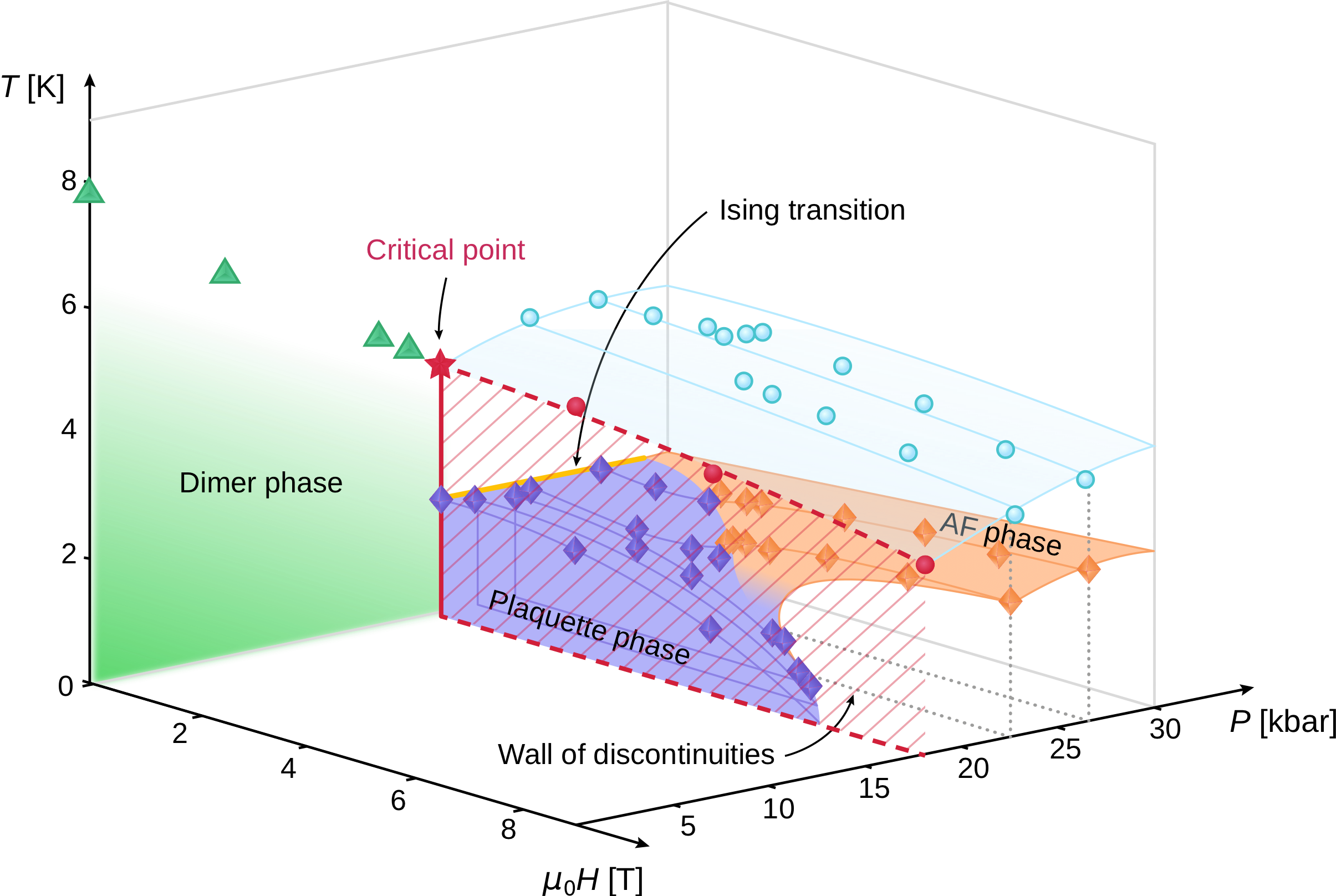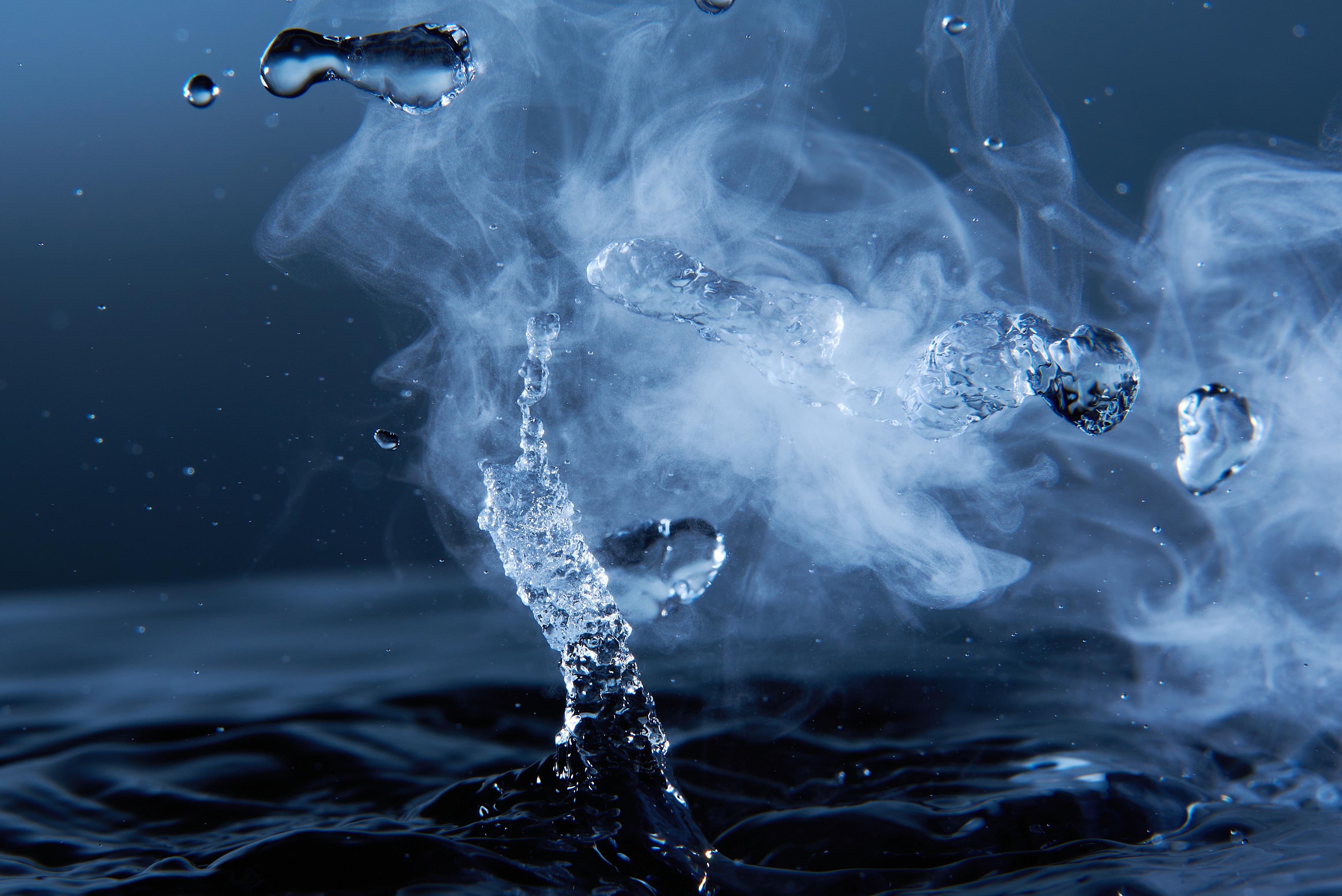Publication in Nature Wednesday, April 14, 2021 - Frozen, boiling or in a gaseous state, water goes through various phase transitions that are no longer as clearly observable under high pressure conditions. Explanations with researchers from Laboratoire de Physique Théorique et Modélisation (LPTM) of CY Cergy Paris University, on the discovery of this behavior in certain quantum magnets, published in the journal Nature in April 2021.
Water can freeze from liquid to solid ice or boil into a gas. In the kitchen these “phase transitions” are not smooth, but their discontinuous nature is smoothed out at high pressure. An international team of physicists with participation of CY Cergy Paris University has now discovered the same behavior in certain quantum magnets, which may have consequences for the technology of qubits.
Solid, liquid, gas: phase transitions
In physics, matter exists in “phases”, such as solid, liquid, gas. When something crosses from one phase to another, we talk about a “phase transition” – think about water boiling into steam, turning from liquid to gas.
In our kitchens water boils at 100°C, and its density changes dramatically, making a discontinuous jump from liquid to gas. However, if we turn up the pressure, the boiling point of water also increases, until a pressure of 221 atmospheres where it boils at 374°C. Here, something strange happens: the liquid and gas merge into a single phase. Above this “critical point,” there is no longer a phase transition at all, and so by controlling its pressure water can be steered from liquid to gas without ever crossing one, as discovered already back in 1822 by the French engineer and physicist Charles Cagniard de la Tour.
Is there a quantum version of a water-like phase transition?
Previous studies have focused on smooth, continuous phase transitions in quantum magnetic materials. Now, in a joint experimental and theoretical project an international team with participation of researchers from CY Cergy Paris University has studied a discontinuous phase transition to observe the first ever critical point in a quantum magnet, similar to that of water. The work is now published in Nature.
The scientists used a “quantum antiferromagnet”, known in the field as SCBO (from its chemical composition: SrCu
2(BO
3)
2). Quantum antiferromagnets are especially useful for understanding how the quantum aspects of a material’s structure affect its overall properties – for example, how the spins of its electrons interact to give its magnetic properties. SCBO is also a “frustrated” magnet, meaning that its electron spins cannot stabilize in some orderly structure, and instead they adopt some uniquely quantum fluctuating states.

Specific heat of SrCu
2(BO
3)
2. The inset shows the structure of a single layer of the compound; magnetic moments are located on the copper (Cu) atoms.
Discovering exotic quantum ground states
In a complex specific-heat experiment on SCBO, the researchers controlled both the pressure and the applied magnetic field. This allowed them to look all around the discontinuous quantum phase transition and in that way they found critical-point physics in a pure spin system. Just like water, the pressure-temperature relationship of SCBO forms a phase diagram showing a discontinuous transition line separating two quantum magnetic phases, with the line ending at a critical point. “It is fascinating to discover a similar phase diagram as in water approximately 200 years later, but now involving two exotic quantum ground states rather than the classical phases liquid and gas” says Andreas Honecker from Laboratoire de Physique Théorique et Modélisation of CY Cergy Paris University. “The corresponding high-precision measurement under multi-extreme conditions – temperatures close to absolute zero, i.e., around -270°C , high pressures, and high magnetic field – are really amazing”.
The team also observed that when a magnetic field is applied, the problem becomes richer than water: neither magnetic phase is strongly affected by a small field, so the line becomes a wall of discontinuities in a three-dimensional phase diagram – but then one of the phases becomes unstable and the field helps push it towards a third phase.

Field-temperature-pressure phase diagram
New perspectives for frustrated quantum magnets
Researchers at the Laboratoire de Physique Théorique et Modélisation have been developing powerful new computer-based techniques and thus contributed to the explanation of this macroscopic quantum behavior. "Previously it was not possible to calculate the properties of
frustrated quantum magnets in a realistic two- or three-dimensional model. So SCBO provides a well-timed example where the new numerical methods meet reality to provide a quantitative explanation of a phenomenon new to quantum magnetism", concludes Jean Avan, director of the Laboratoire de Physique Théorique et Modélisation.
Other contributors
- EPFL Lausanne
- Paul Scherrer Institut Villingen
- University of São Paulo
- University of Amsterdam
- Carnegie Mellon University in Qatar
- Hong Kong University of Science and Technology
- Universität Innsbruck
- RWTH Aachen University
- ETH Zürich
- University of Geneva
Funding
- São Paulo Research Foundation (FAPESP)
- Qatar Foundation (Carnegie Mellon University in Qatar's Seed Research programme)
- Swiss National Science Foundation (SNSF)
- European Research Council (ERC) Horizon 2020
- ERC Synergy Grant HERO
- Deutsche Forschungsgemeinschaft
Reference
J. Larrea Jiménez, S. P. G. Crone, E. Fogh, M. E. Zayed, R. Lortz, E. Pomjakushina, K. Conder, A. M. Läuchli, L. Weber, S. Wessel, A. Honecker, B. Normand, Ch. Rüegg, P. Corboz, H. M. Rønnow, F. Mila. A quantum magnetic analogue to the critical point of water. Nature 14 April 2021. DOI: 10.1038/s41586-021-03411-8
More about






